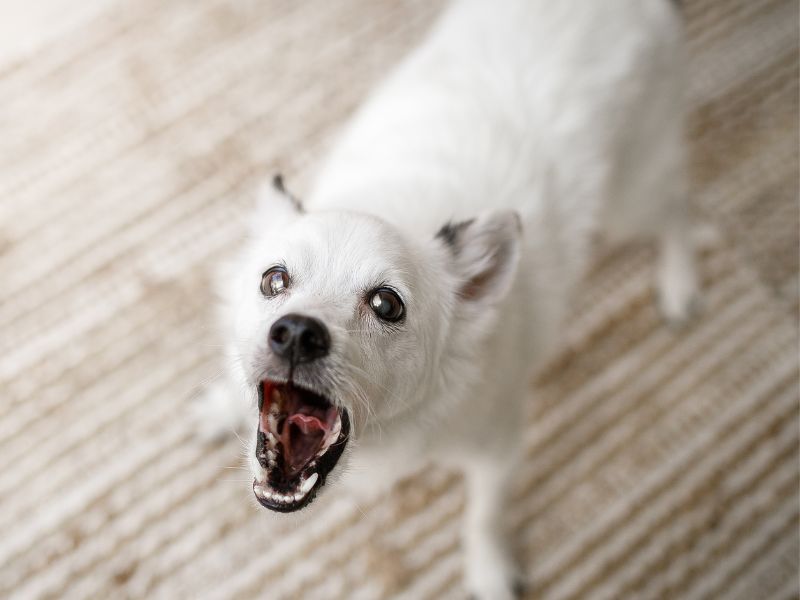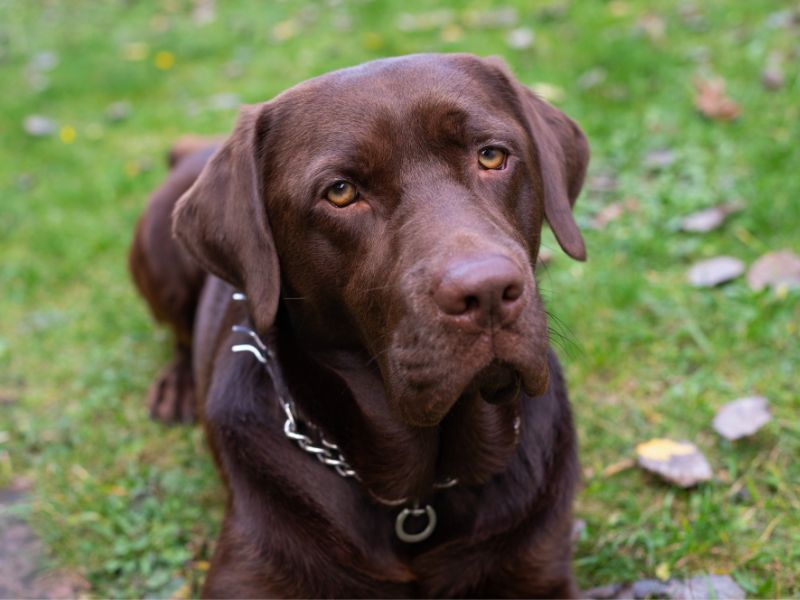Causes, Symptoms, and Treatment
Dogs are known for their loyalty, playfulness, and friendly nature, but like humans, they can also experience anxiety. Anxiety in dogs can cause a range of behavioral issues, including excessive barking, destructive behaviors, and aggression. As a dog owner, it’s essential to understand what causes anxiety in dogs, how to identify the symptoms, and how to treat it. In this article, we’ll delve into the causes of dog anxiety, the common symptoms to look out for, and the different treatment options available.
Causes of Dog Anxiety
Several factors can cause anxiety in dogs. The most common causes of anxiety in dogs include:
1. Genetics
Certain breeds of dogs are more prone to anxiety than others. For example, German Shepherds, Labrador Retrievers, and Border Collies are breeds that are more likely to experience anxiety.
2. Traumatic experiences
Dogs that have experienced traumatic events such as abuse, neglect, or accidents are more likely to develop anxiety.
3. Lack of socialization
Dogs that have not been adequately socialized with people, other dogs, and different environments are more likely to experience anxiety.
4. Separation anxiety
Dogs that are left alone for long periods of time or have a history of being abandoned by their previous owners are more likely to experience separation anxiety.
5. Aging
As dogs age, they may begin to experience anxiety due to cognitive decline or physical limitations.
Regardless of the cause, it’s essential to recognize the signs of anxiety in your furry friend to provide the necessary treatment to alleviate their symptoms.

Symptoms of Dog Anxiety
The symptoms of anxiety in dogs can vary depending on the type of anxiety that they are experiencing. However, some common symptoms of anxiety in dogs include:
1. Excessive barking
Dogs that are anxious may bark excessively, especially if they are left alone for long periods.
2. Destructive behavior
Dogs that are anxious may chew or scratch on furniture, doors, and other household items.
3. Aggression
Anxious dogs may become aggressive towards people, other dogs, or even themselves.
4. Restlessness
Dogs that are anxious may have trouble settling down and may pace or circle around the house.
5. Panting or trembling
Dogs that are anxious may pant heavily or tremble, even when it’s not hot or cold.
If you notice any of these symptoms in your furry friend, it’s crucial to provide them with the necessary treatment to alleviate their anxiety.
Types of Dog Anxiety
There are different types of anxiety that dogs can experience. The most common types of anxiety in dogs include:
1. Separation anxiety
Dogs that experience separation anxiety become anxious when their owners leave and may exhibit destructive behaviors, excessive barking, and other symptoms.
2. Noise anxiety
Dogs that experience noise anxiety become anxious when exposed to loud or sudden noises, such as thunderstorms, fireworks, or construction sounds.
3. Social anxiety
Dogs that experience social anxiety become anxious when they are around other dogs or people, especially if they are not familiar with them.
It’s essential to understand the type of anxiety that your dog is experiencing to provide them with the necessary treatment.
Diagnosing Dog Anxiety
If you suspect that your dog is experiencing anxiety, it’s essential to take them to a veterinarian for a proper diagnosis. The veterinarian will perform a physical exam and may also conduct blood tests to rule out any underlying medical conditions that may be causing your dog’s symptoms.
In addition to a physical exam, the veterinarian may ask you questions about your dog’s behavior, including their routines, interactions with other people and animals, and any recent changes to their environment. Based on the information gathered, the vet will be able to determine the type of anxiety that your dog is experiencing and recommend the appropriate treatment.
Treating Dog Anxiety
There are several treatments available to alleviate anxiety in dogs. The most common treatments for anxiety in dogs include:
1. Medication
Anti-anxiety medications such as fluoxetine, alprazolam, and clomipramine can be prescribed to alleviate anxiety in dogs. These medications should only be prescribed by a veterinarian and should be used with caution.
2. Behavioral therapy
Behavioral therapy can be used to help dogs overcome their anxiety. This therapy involves gradually exposing your dog to the source of their anxiety in a controlled and safe environment.
3. Natural remedies
Natural remedies such as calming supplements, essential oils, and other herbal remedies can be used to alleviate anxiety in dogs. These remedies should only be used under the guidance of a veterinarian.
It’s essential to work with a veterinarian to determine the best treatment plan for your furry friend. In addition to medication and behavioral therapy, several training techniques can be used to help dogs overcome their anxiety.

See Also: Triggers of Destructive Behavior in Dogs
And: The Science Behind Why Dogs Eat Grass
Training Techniques to Help Dogs Overcome Anxiety
There are several training techniques that can be used to help dogs overcome their anxiety. These techniques include:
1. Desensitization
Desensitization involves gradually exposing your dog to the source of their anxiety in a controlled and safe environment. For example, if your dog is afraid of loud noises, you can start by playing a recording of the noise at a low volume and gradually increasing the volume over time.
2. Counterconditioning
Counterconditioning involves pairing the source of your dog’s anxiety with something positive, such as treats or toys. For example, if your dog is afraid of strangers, you can pair the presence of strangers with treats or toys to create a positive association.
3. Positive reinforcement
Positive reinforcement involves rewarding your dog when they exhibit calm and relaxed behavior. For example, you can reward your dog with treats or praise when they are calm during a thunderstorm.
Training techniques can be very effective in helping dogs overcome their anxiety. However, it’s essential to work with a professional trainer to ensure that the techniques are used correctly.
Preventing Dog Anxiety
Preventing anxiety in dogs is easier than treating it. Some tips to prevent anxiety in dogs include:
1. Socialization
Socializing your dog with people, other dogs, and different environments can help prevent anxiety.
2. Exercise
Regular exercise can help reduce anxiety in dogs by providing them with an outlet for their energy.
3. Routine
Establishing a routine can help reduce anxiety in dogs by providing them with a sense of predictability and security.
4. Calming products
Calming products such as pheromone diffusers and calming collars can help reduce anxiety in dogs.
When to Seek Professional Help for Dog Anxiety
If your dog’s anxiety is severe or is interfering with their quality of life, it’s essential to seek professional help. A veterinarian or professional dog trainer can provide the necessary treatment to alleviate your dog’s anxiety.
Conclusion
Anxiety in dogs can cause a range of behavioral issues, including excessive barking, destructive behaviors, and aggression. It’s essential to understand what causes anxiety in dogs, how to identify the symptoms, and how to treat it.
By recognizing the signs of anxiety in your furry friend and providing them with the necessary treatment, you can help them overcome their anxiety and live a happier and healthier life.

